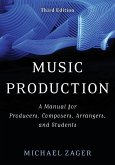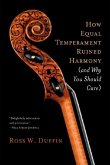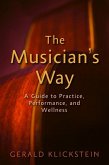Why is it that certain intervals, scales, and tones sound genuine, while others sound false? Is the modern person able to experience a qualitative difference in a tone's pitch? If so, what are the implications for modern concert pitch and how instruments of fixed tuning are tuned? Renold tackles these and many other questions and provides a wealth of scientific data. Her pioneering work is the result of a lifetime of research into the Classical Greek origin of Western music and the search for modern developments. She deepens our musical understanding by using Rudolf Steiner's spiritual science as a basis, and she elucidates many of his puzzling statements about music. The results of her work include the following discoveries: - The octave has two sizes (a 'genuine' sounding octave is bigger than the "perfect octave") - There are three sizes of "perfect fifths" - An underlying "form principle" for all scales can be found - Equal temperament is not the most satisfactory method of tuning a piano - She provides a basis for some of Steiner's statements, such as, "C is always prime" and "C = 128 Hz = Sun." Intervals, Scales, Tones is a valuable resource for those who wish to understand the deeper, spiritual aspects of music.
Bitte wählen Sie Ihr Anliegen aus.
Rechnungen
Retourenschein anfordern
Bestellstatus
Storno








